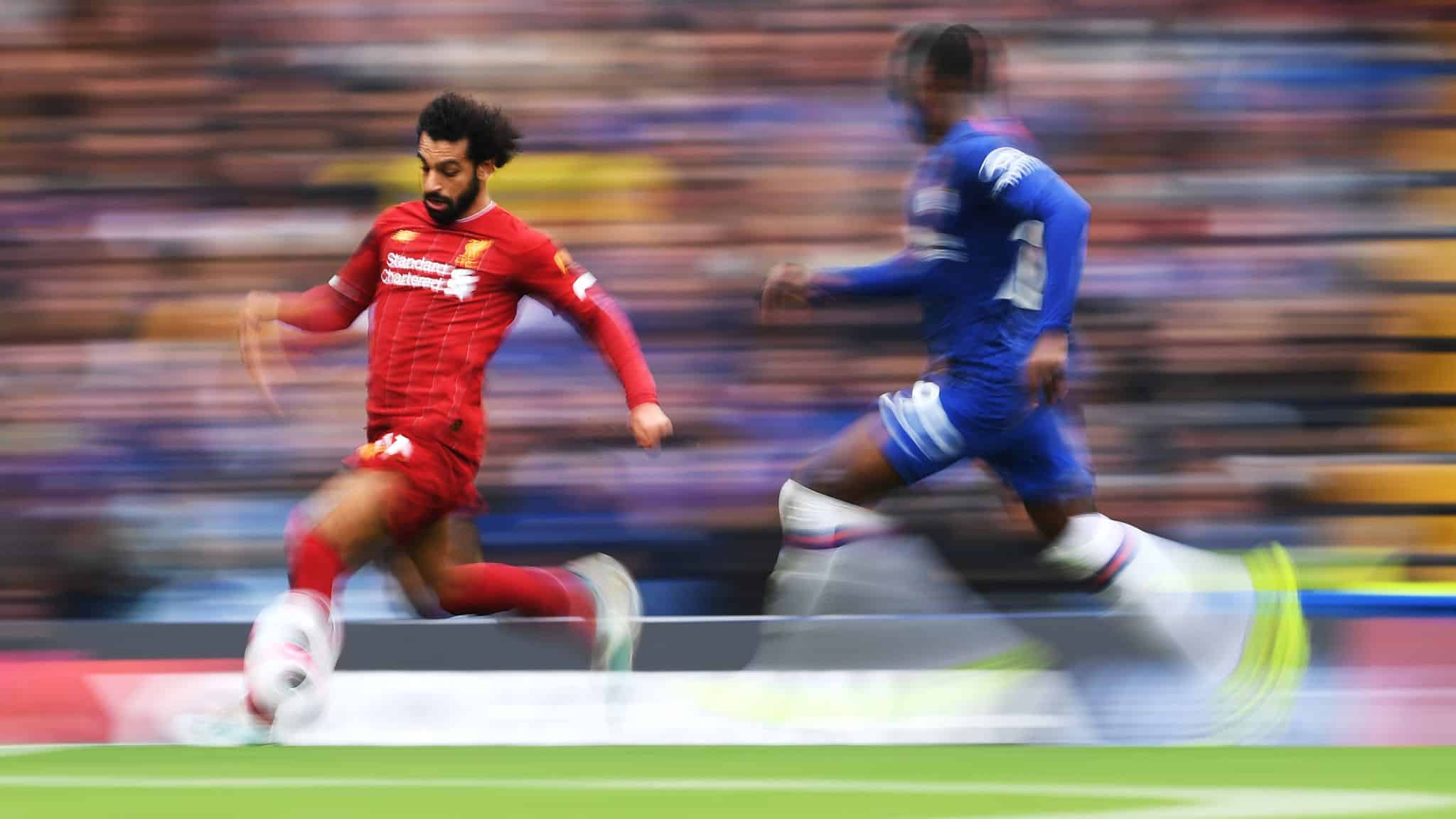
In elite sports at the highest level, even the slightest edge can mean the difference between defeat and victory. England’s Premiere League is arguably the most competitive football competition in the world, which explains why some would pursue unconventional training regimens.
At Tottenham Hotspur’s academy, researchers found that athletes can be psychologically induced to run faster with just a few words. Simply asking strikers at the club to imagine they’re “like a jet plane taking off” or “accelerating like a Ferrari” can instantly boost sprinting speed by 3 percent over 20 meters.
The power of words in sports performance
According to the researchers at the University of Essex, it’s all about framing the athlete’s focus away from the body and onto the environment.
“The words we speak to athletes have a demonstrable and instant effect on their performance,” said Dr. Jason Moran, from the School of Sport, Rehabilitation and Exercise Sciences at the University of Essex.
“It’s long been known that it’s better to direct an athlete’s attention to the environment around them rather than focusing on their body positions which seems to interfere with the fluidity of movement.”
“This could be enhanced even further by using certain analogies, for example, asking a player to ‘accelerate like a Ferrari’ may create a more evocative image in their mind instead of simply telling them to run fast.”
The experiment involved 20 young members of Tottenham Hotspur’s academy, between 14 and 15 years old, who were subjected to sprint drills with varying instructions. Notably, phrases that encouraged players to “push the ground away” outperformed more body-centric directions like “drive your legs into the ground.” The most effective motivation came from urging players to “sprint as if you are a jet taking off into the sky ahead.”
This method of coaching centered around colorful analogies is deceptively simple and effective. It works its magic by simplifying the complex mechanics of movement into easily understandable and relatable terms. Particularly, it’s proven beneficial for young athletes, who may struggle with focus or grasping technical language due to their lack of experience. By painting a vivid picture in the athlete’s mind, coaches can guide movement and speed minimizing as much as possible the influence of body mechanics.
Although a 3% increase might not sound like a lot, it actually is. In many sports, short bursts of acceleration at the right time can be a game-changer. That’s especially true in the critical moments of goal-scoring situations where beating a defender could lead to finding the net and winning the day.
Beyond elite football
Moving away from elite sports, there’s no reason why the same technique couldn’t work in amateur situations, whether it’s a college team or a local sports club.
“Although these findings focus on the highest level of youth football, it could easily be used in schools or on a Saturday morning,” Morand added.
“By using a simple analogy teachers and parents might be able to get the most out of their kids whatever the sport.”
The findings appeared in the Journal of Sports Science.
This article originally appeared in March 2024 and was updated with new information.



